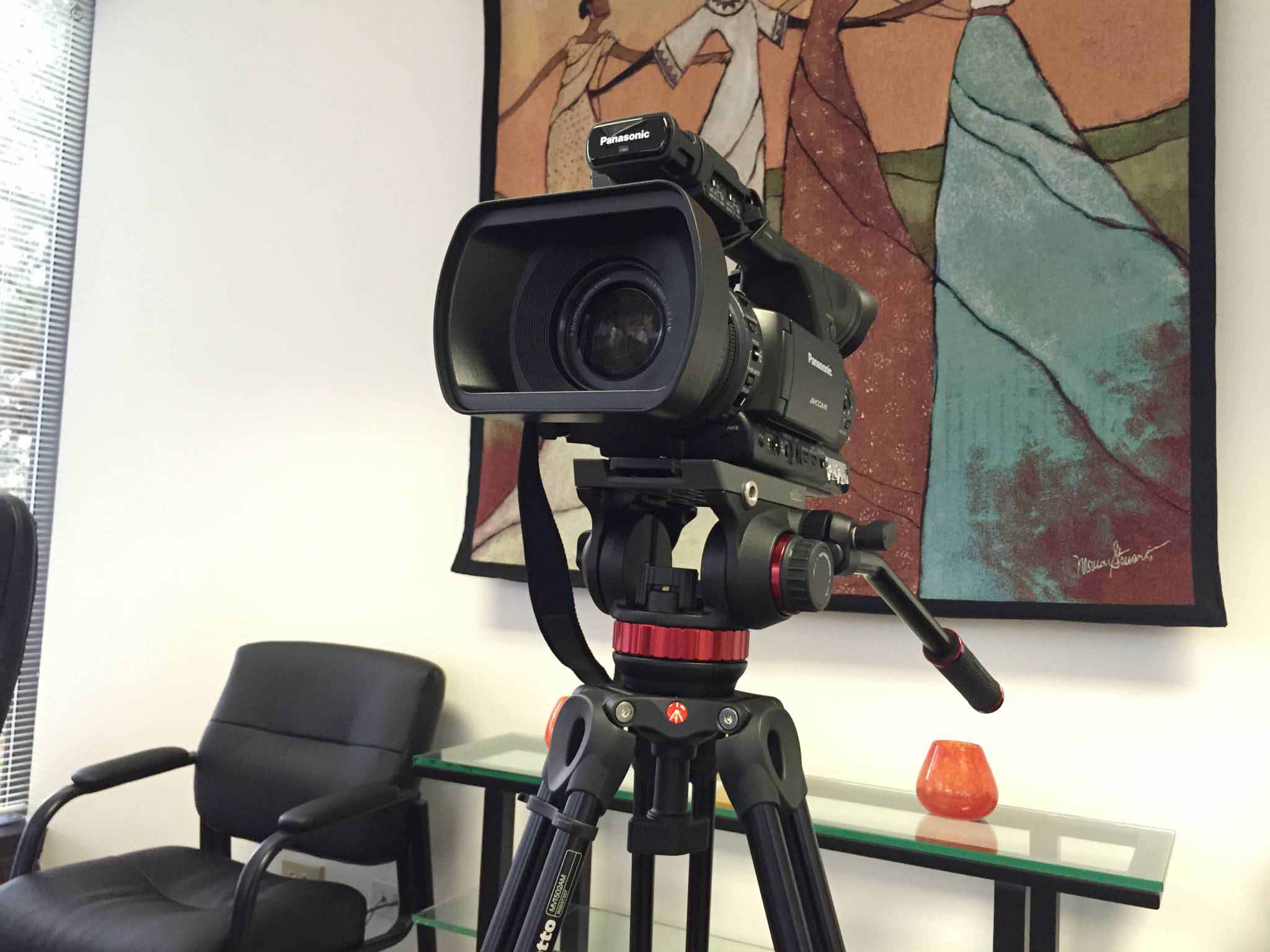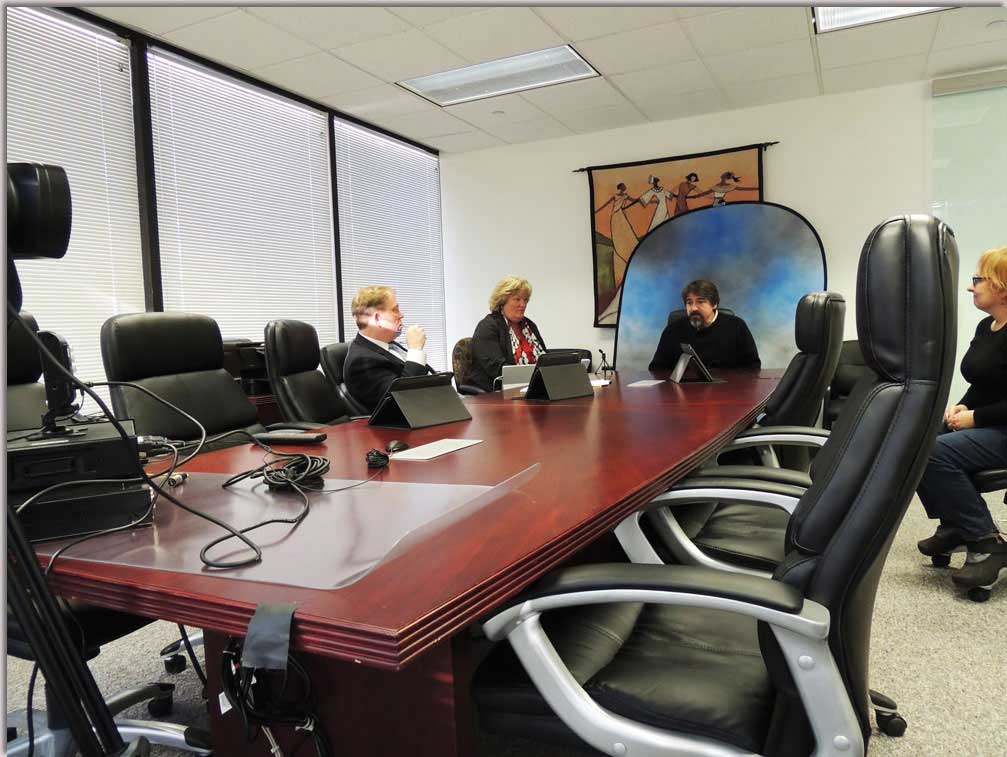How Legal Videography Can Make or Break Your Legal Method
Wiki Article
Exploring the Systems of Lawful Videography: Unveiling Its Operation in Safeguarding Genuine Aesthetic Statement for Judicial Procedures
In the realm of judicial proceedings, the role of lawful videography stands as a keystone in protecting and providing visual proof. As innovation continues to advancement, the mechanisms behind lawful videography have become progressively detailed, using an essential layer of credibility to testaments captured on video. By delving right into the functional intricacies of legal videography, one can discover the careful processes that safeguard the integrity of visual evidence provided in courtrooms - Legal Videography. This expedition not only loses light on the historical advancement of lawful videography but additionally hints at the future patterns that may additionally transform just how visual testaments are supported in the world of justice.Historical Advancement of Legal Videography
Analyzing the historic progression of legal videography discloses a significant change in the recording and presentation of visual evidence within the lawful landscape. In the past, legal process greatly counted on created photos and records to document occasions and provide evidence. Nonetheless, with the advent of video innovation, the lawful market saw a standard change in just how aesthetic testament was recorded and presented.The advancement of lawful videography can be mapped back to the late 20th century when advancements in video recording equipment made it more accessible for use in courtrooms. This technical advancement not just boosted the precision and integrity of aesthetic evidence but also transformed the way cases were presented to juries and judges (Legal Videography). Attorneys started to identify the convincing power of video recordings in conveying feelings, subtleties, and non-verbal hints that written photographs or transcripts alone could not catch properly

Modern Technology Innovations in Video Clip Paperwork
What crucial technical developments have transformed video documentation in the lawful area? The legal field has actually seen substantial innovations in video clip paperwork technology that have actually boosted the authenticity and reliability of visual proof in judicial procedures. One of the key advancements is high-def (HD) video recording capabilities, which provide crystal-clear photos and sharp details that are essential for accurately recording statements, facial expressions, and other aesthetic signs. In addition, the assimilation of timestamping and metadata functions in video clip documentation tools has actually enabled accurate paperwork of when and where the video was tape-recorded, ensuring the honesty of the proof provided in court.Moreover, developments in video security and watermarking innovations have strengthened the protection and tamper-proof nature of video clip proof, protecting it against unapproved changes or tampering. Additionally, the introduction of cloud storage space solutions and remote gain access to abilities has streamlined the storage space, retrieval, and sharing of video clip proof, promoting smooth cooperation among lawful specialists and making certain efficient Visit Your URL access to crucial visual testaments when required. These technological advancements in video clip paperwork have unquestionably revolutionized the lawful field, boosting the accuracy, reliability, and admissibility of visual proof in judicial process.
Duty of Lawful Videographers in Courtroom Setups
The evolution of video clip documents modern technology in the lawful area has necessitated an important duty for lawful videographers in courtroom settings, making sure the stability and integrity of aesthetic testimonies provided throughout judicial proceedings. Legal videographers play a basic function in recording and protecting accurate aesthetic evidence that can be crucial in court situations. Their responsibility includes setting up tools, tape-recording proceedings, and creating top quality video clips that accurately mirror the events in the court room.
Additionally, legal videographers commonly function very closely with lawful groups to ensure that the video evidence aligns with the case's demands and can be successfully provided in court to sustain the lawful debates being made. On the whole, the role of legal videographers in courtroom setups is essential in supporting the principles of justice and guaranteeing the transparency of legal proceedings. Legal Videography.

Ensuring Admissibility and Stability of Video Clip Evidence
To maintain the integrity of aesthetic evidence provided in lawful process, ensuring the admissibility and integrity of video proof is a critical responsibility for legal videographers. Admissibility describes the acceptance of proof by the court, and for video clip evidence to be permissible, it must meet particular criteria. Legal videographers play a vital duty in ensuring that the videos they capture adhere to the policies of proof, such as reliability, relevance, and authenticity.Honesty of video clip proof entails preserving the originality and accuracy of the footage from the time it is recorded till it is offered in court. This consists of safely keeping the video files, recording the chain of custody, and preventing any kind of meddling or modifications. Legal videographers must abide by rigorous procedures to ensure the integrity of the video clip proof and avoid any obstacles to its credibility.
Future Trends in Legal Videography
Provided the increasing dependence on innovation in legal proceedings, lawful videographers are poised to welcome ingenious developments shaping the future of aesthetic testimony capture and discussion. One of the prominent fads on the horizon is the integration of digital reality (VIRTUAL REALITY) and boosted reality (AR) technologies right into legal videography. These technologies have the potential to change exactly how aesthetic evidence redirected here exists in courts, allowing courts and courts to immerse themselves in the scene of the crime or occurrence.Furthermore, the usage of synthetic knowledge (AI) algorithms for video clip evaluation is expected to simplify the process of assessing and evaluating huge amounts of video footage. AI can aid in identifying crucial minutes, anomalies, and patterns within video clips, boosting the efficiency of lawful examinations.

Conclusion
In verdict, legal videography has actually played an important duty in offering genuine visual proof for judicial proceedings. With technical developments and the expertise of legal videographers, the honesty and admissibility of video evidence are ensured in court settings. As legal videography proceeds to advance, it will be necessary to support criteria that keep the precision and integrity of visual testimony for the future of lawful process.Analyzing the historic development of lawful videography reveals a considerable improvement in the catching and discussion of aesthetic proof within the legal landscape.The evolution of video documents modern technology in the legal field has required a vital duty for legal videographers in courtroom settings, guaranteeing the stability and integrity of aesthetic testaments offered throughout judicial proceedings. Additionally, legal videographers frequently work carefully with legal teams to guarantee that the video evidence aligns with the case's requirements and can be efficiently provided in court to support the legal arguments being made.To maintain the reliability of visual evidence offered in lawful procedures, making sure the admissibility and stability of video evidence is a crucial responsibility for legal videographers. As lawful videography proceeds to progress, it will be vital to Continued support standards that maintain the precision and integrity of visual testimony for the future of lawful process.
Report this wiki page